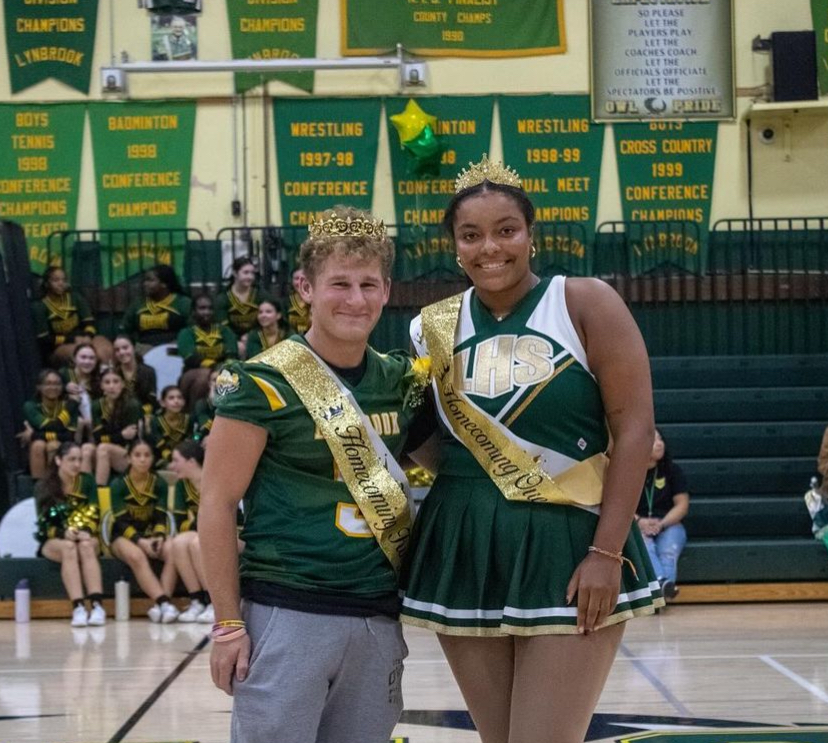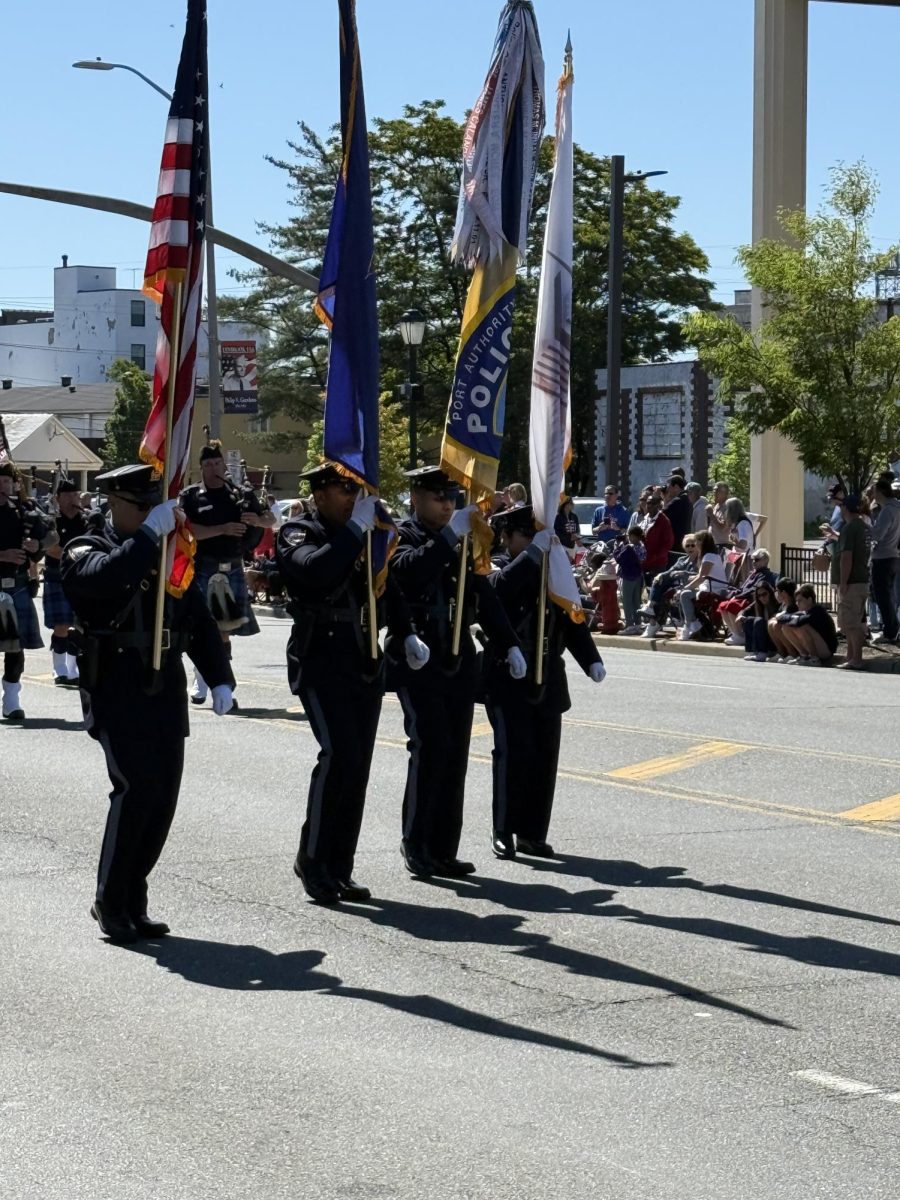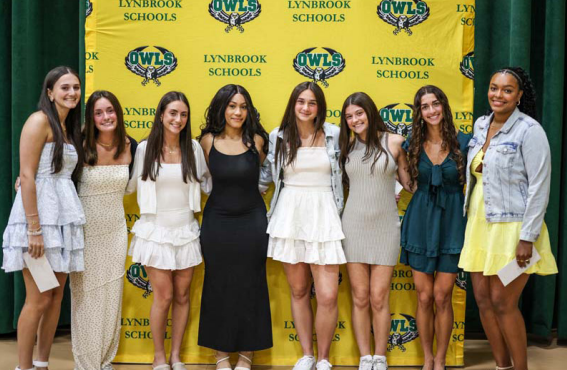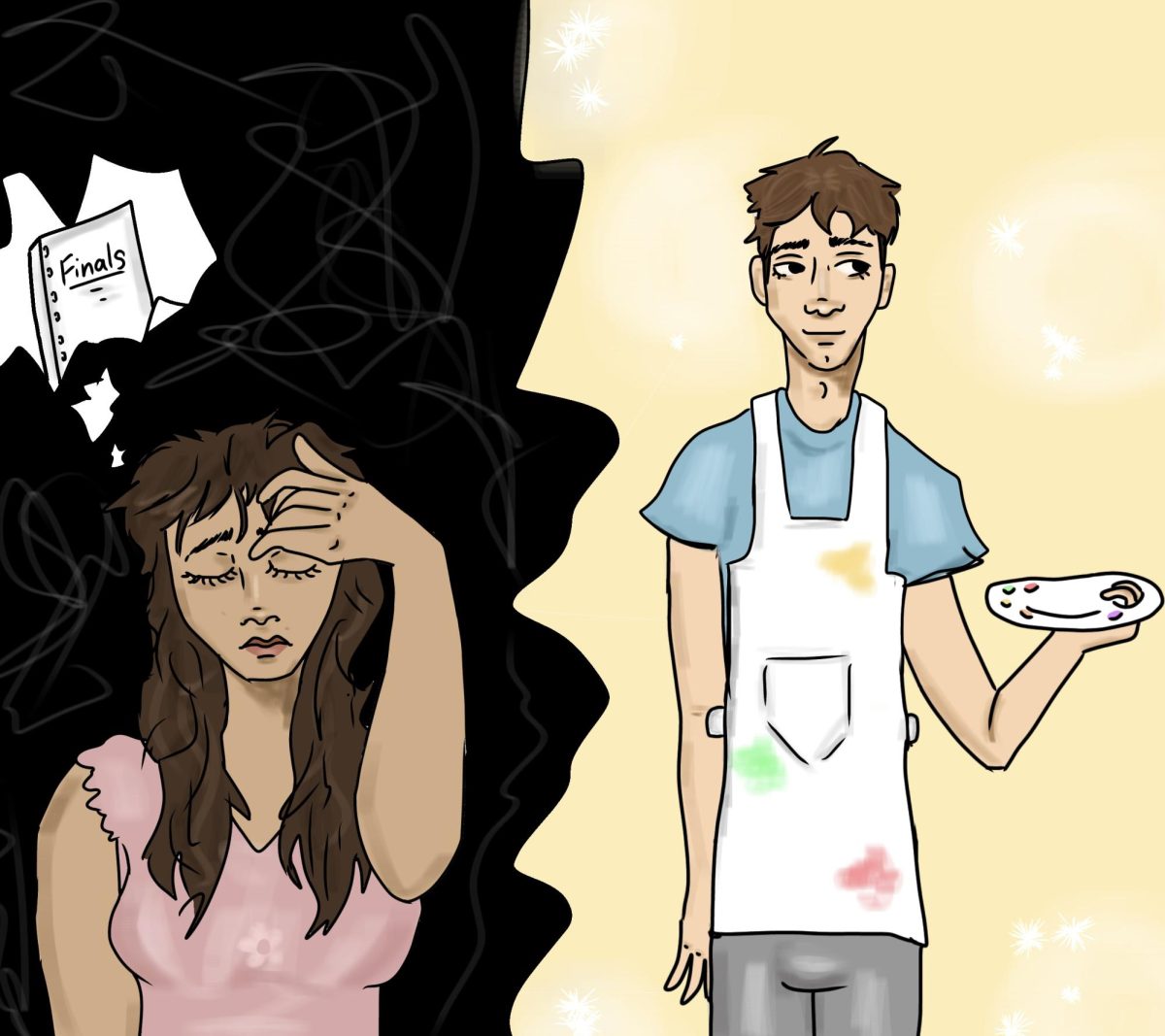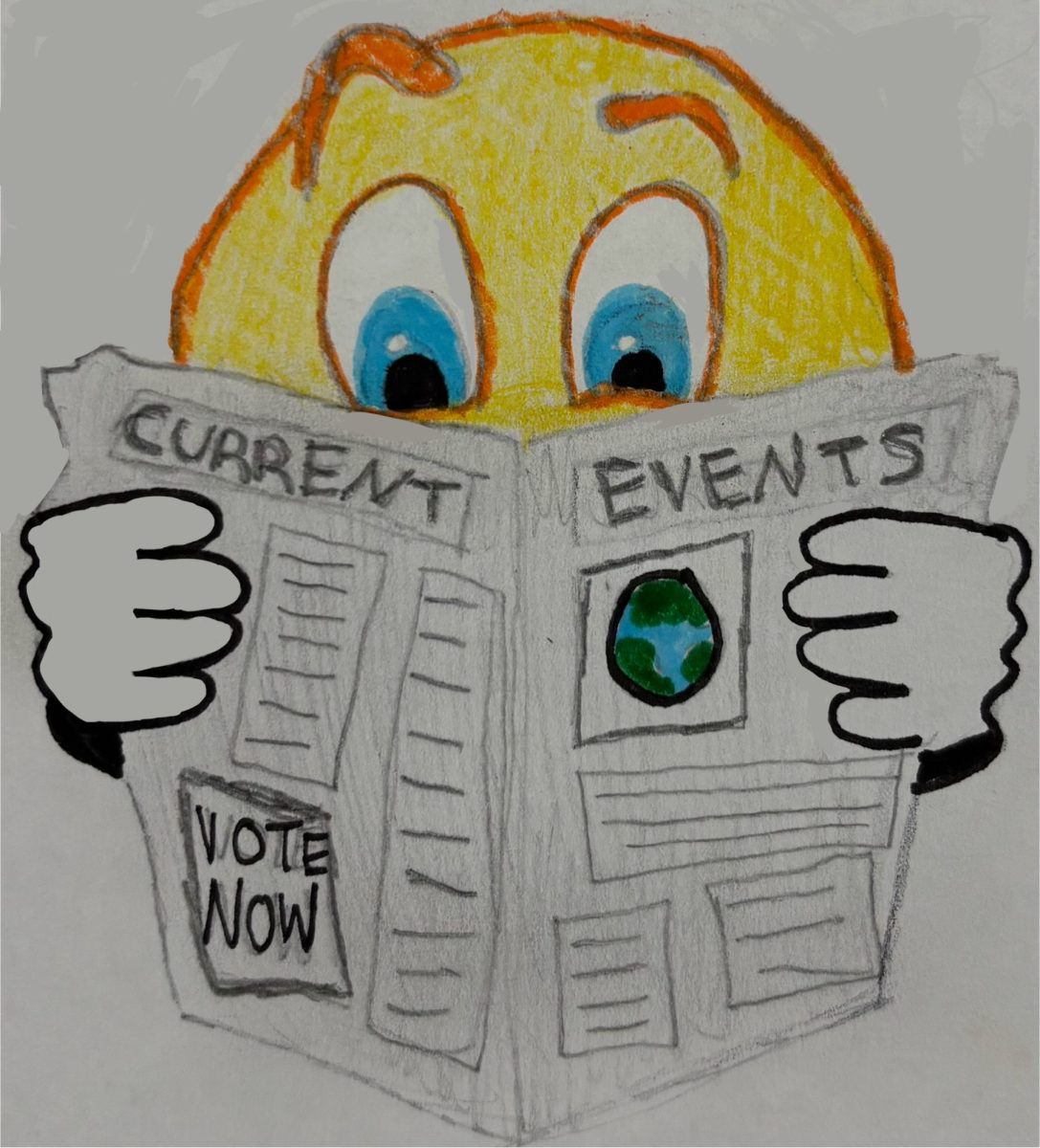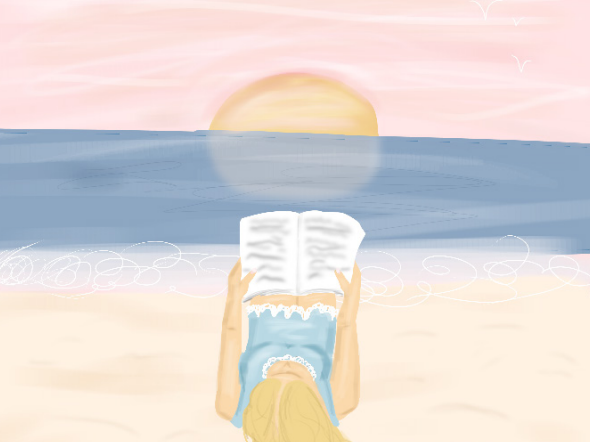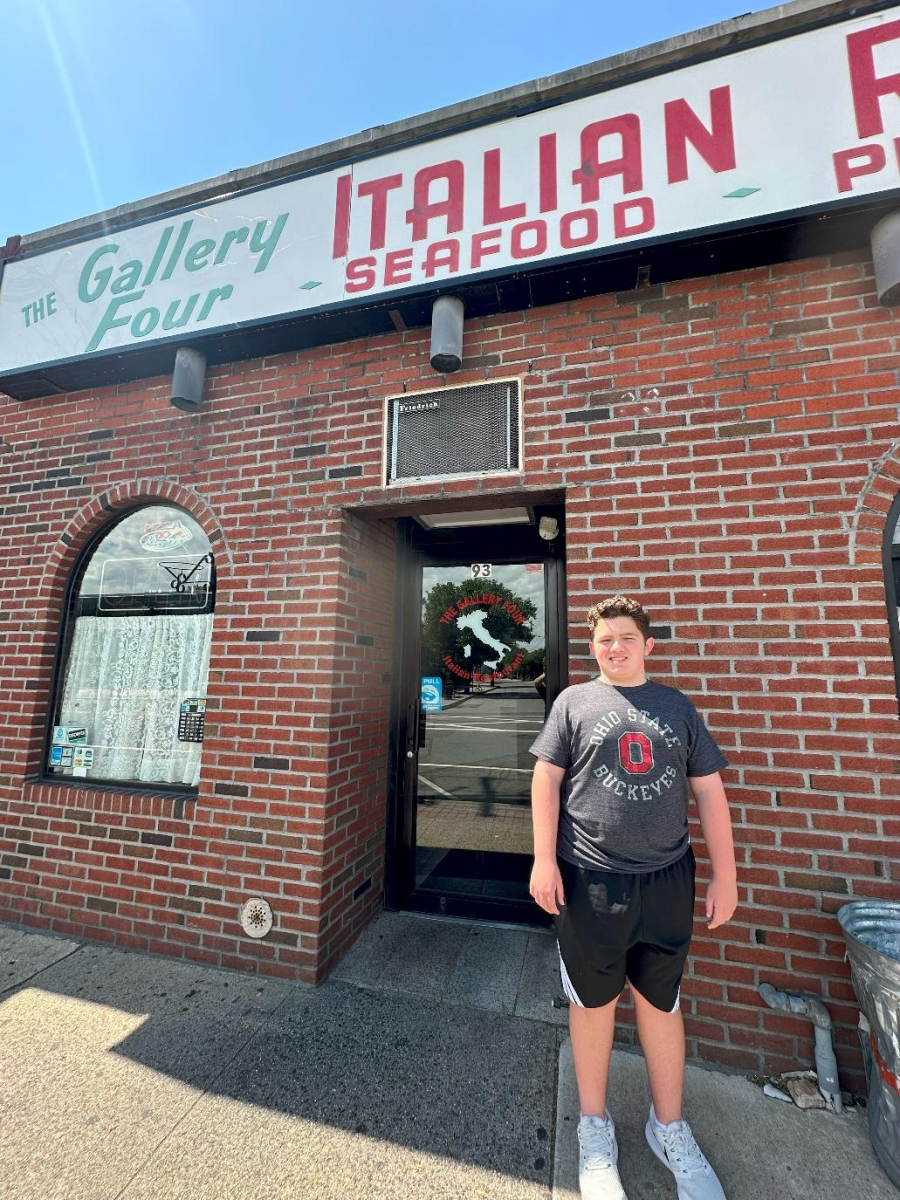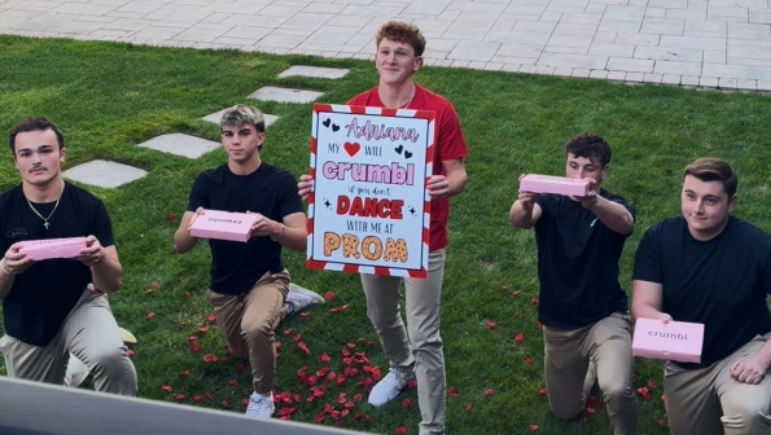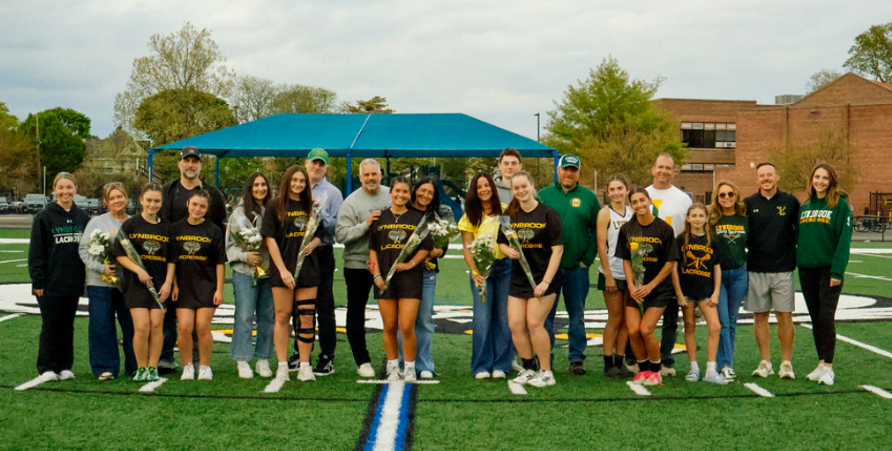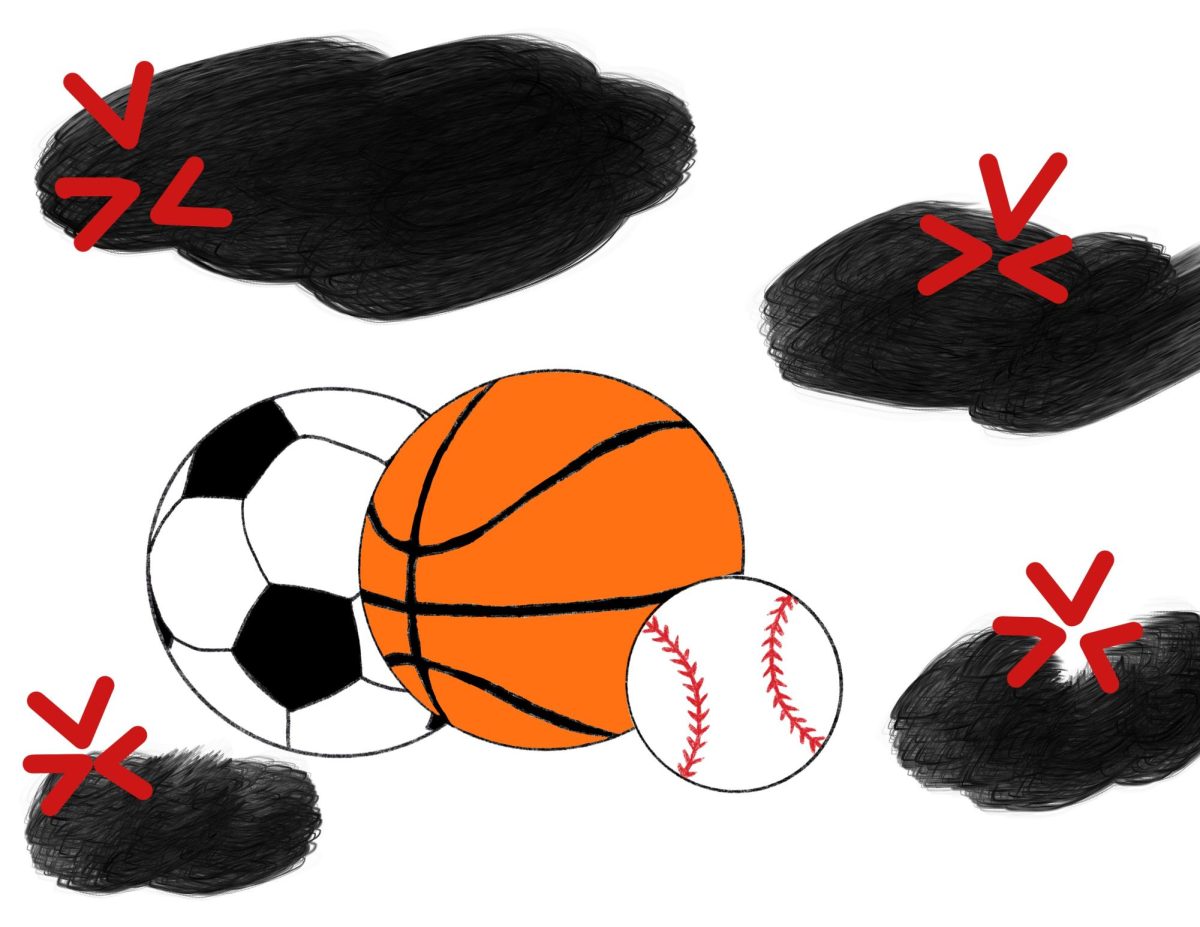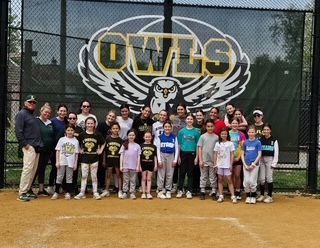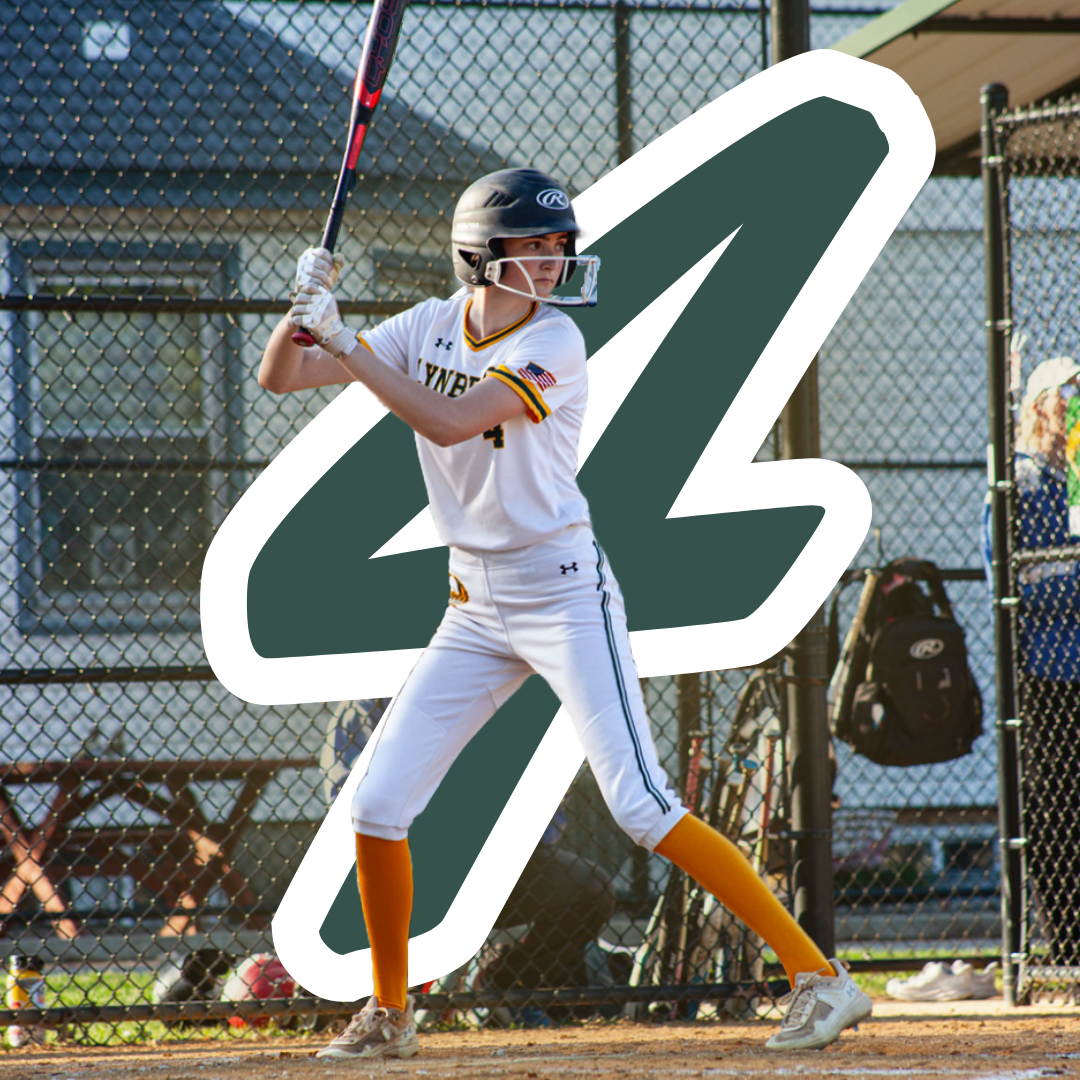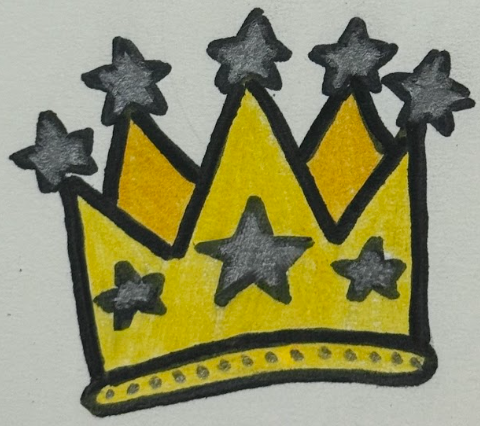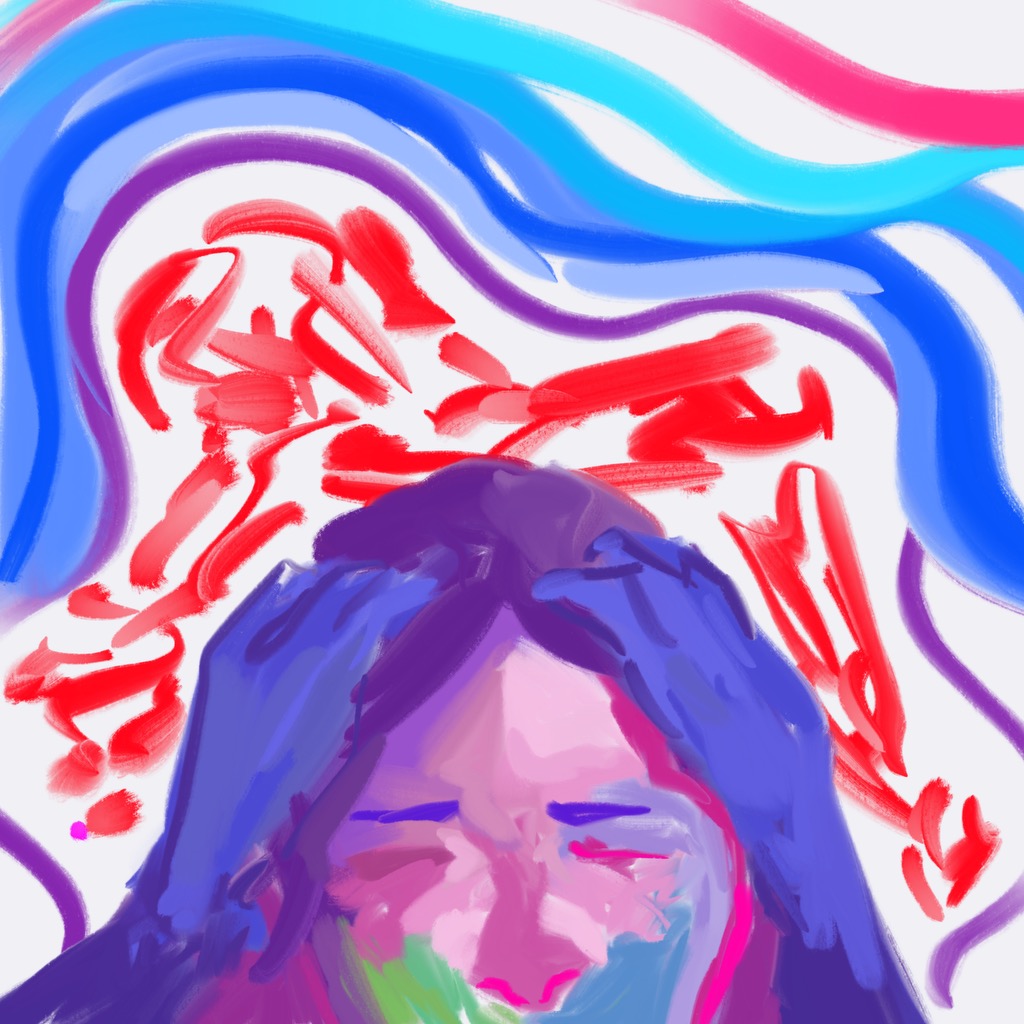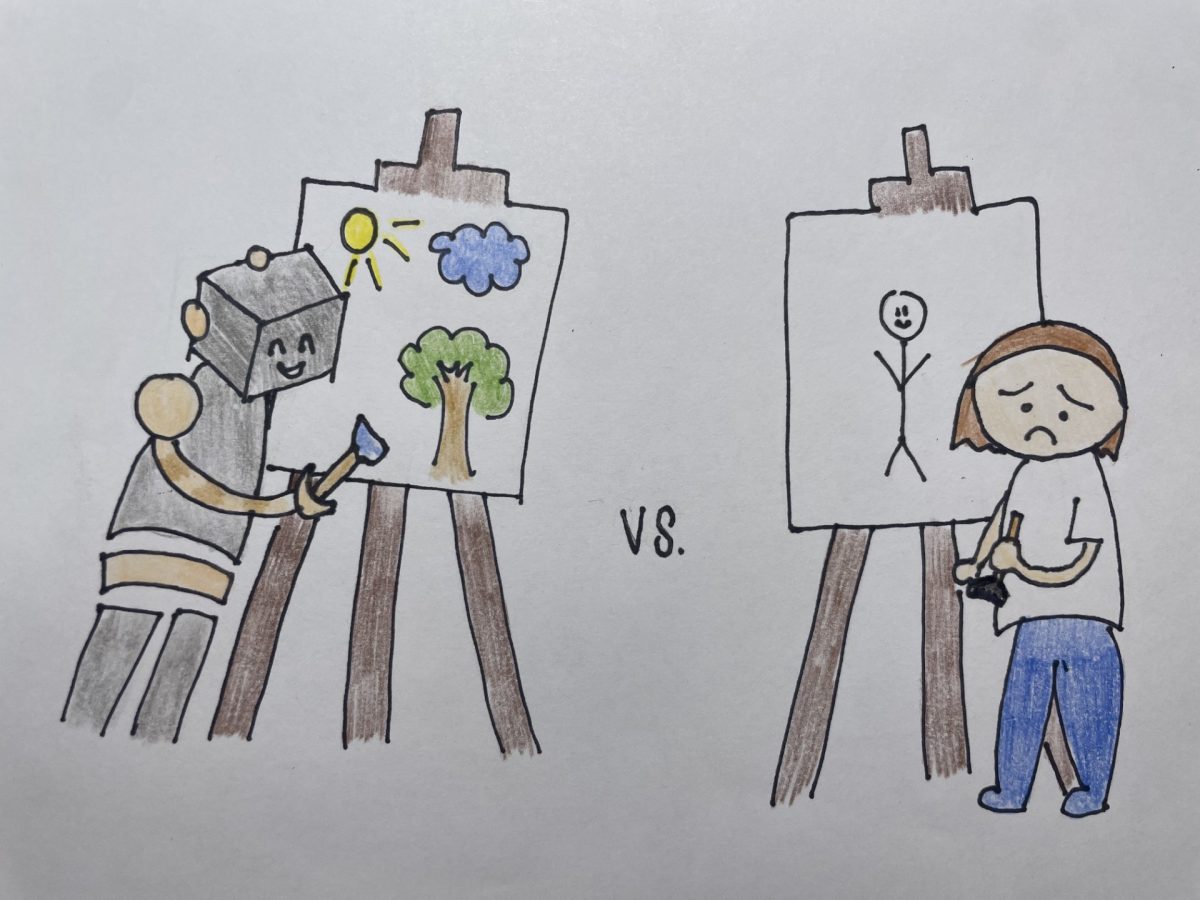In the digital age where technology is slowly diffusing into every aspect of our lives, it is no surprise that artificial intelligence (AI) has found its way into the realms of music and art creation. From composing pieces of music to generating visual artworks, AI has revolutionized the way individuals conceive, produce, and consume artistic content. Among its creative innovations, there lies a complex combination of both benefits and dangers of AI.
AI’s spread into the music and art industry has been transformative. As posted in the article “Revolutionizing Music Composition with AI” on the Stemport website (stemport.co), AI has learned to analyze musical data from classical compositions of the 18th century to modern pop culture; it is also able to generate original pieces to explore an entirely new style of music by mimicking the style of well-known composers. Sophomore Ryan Dugger, a clarinetist in the Wind Ensemble, has been invested in this concept. Dugger expressed, “I find this new technology very beneficial to the music industry. If it is used the right way, music can be expanded on the way it’s perceived.” This newly discovered capability has enabled musicians to experiment with unconventional sounds and styles, pushing the boundaries of creativity.
Similarly, in the visual art world, AI algorithms have demonstrated remarkable proficiency in generating paintings, drawings, and even sculptures. According to the article “The Impact of Artificial Intelligence on the Art World” on the Forbes magazine website (forbes.com), “[AI has been] allowing art experts to interpret market developments, track the activities of relevant public figures, and understand and analyze collecting behaviors and patterns.” By learning from existing artworks, AI systems can produce pieces that evoke the styles of famous artists or devise entirely a new aesthetic. Sophomore Luke Pignataro, who often designs graphic art for school events, expressed his opinion on modern technology: “AI has its benefits and dangers, but for me, I think it’s been more of a beneficial tool. Whenever I’m designing an edit, it has given and suggested nice templates which can make the editing part much easier.” Therefore, AI has opened up new avenues for more artistic creations, allowing artists to explore challenged regions of artistry.
One of the most significant benefits of AI in the art industry is its ability to demonstrate creativity. Traditionally, pursuing a career in music or art requires extensive training, resources, and access to professional networks. In spite of AI-powered tools becoming more accessible, aspiring artists from diverse backgrounds can now utilize the power of technology and bring their artistic visions to life. Sophomore Payton Stalter, a member of the National Art Honor Society who has been passionate about art since she was a young child, voiced her viewpoints on AI: “I think that AI has been developing the art industry. It is able to give ideas and inspirations to many artists which will allow them to create incredible pieces of art and express their feelings.” Dugger added, “Although others may view this technology as a cheating mechanism, if it brings good outcomes for the artists, I think it’s worth it.” AI has the potential to diversify artistic voices and narratives, enriching the cultural landscape with countless perspectives.
As humans navigate the complex ground of AI in the arts, it is necessary to strike a balance between innovation and ethical considerations. While AI holds immense potential to revolutionize creativity and expand artistic horizons, artists should remain aware about its limitations. By fostering modern technology and adopting it, individuals can harness the transformative power of AI to enrich the human experience and cultivate a brighter and equitable creative ecosystem. Without adequate knowledge and alertness, artists are at risk of being left behind and burdened by an increasingly AI-driven network.

